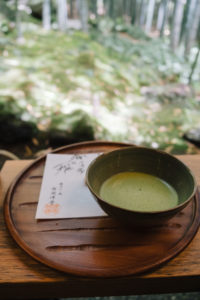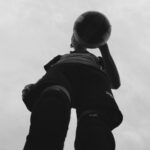Kamakura is Japan’s former capital city located in the Kanagawa Prefecture, which is 1.5hours away from central Tokyo by train. This traditional city is famous for being the place where the first Samurai ruler Yoritomo Minamoto started the first shogunate called Bakuhu to dominate across Japan. The Kamakura period existed between 1185 – 1333, a time shared with the Mongol empire unifying most parts of the Eurasia continent.
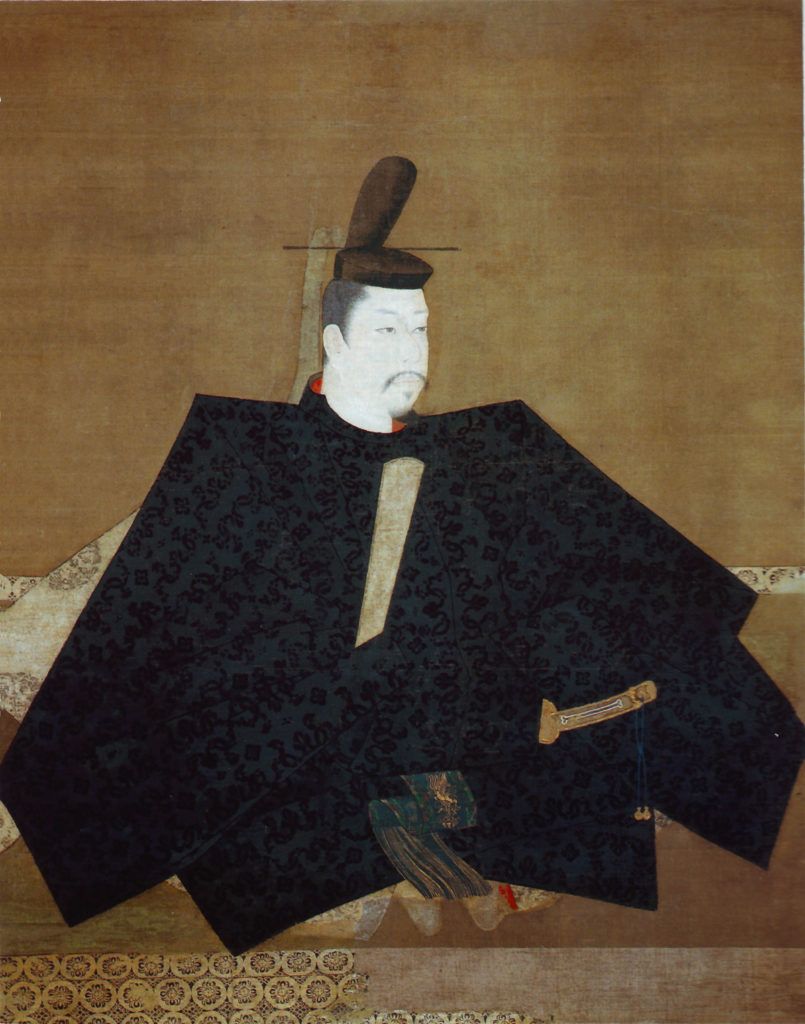
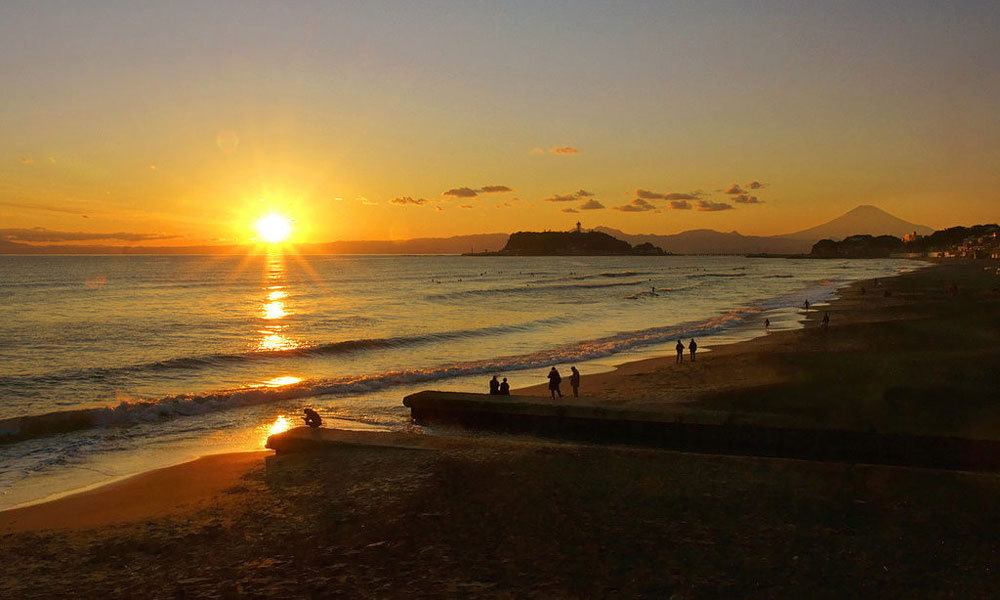
Before the Kamakura era, the title of emperor was given only to a member of the Imperial family. Similar to European kings, it was typical for the emperor to be the ruler of Japan. Japan has the oldest ruling monarchy family in the world, dating back to 660 BC.
The Kamakura period was a huge turning point in Japanese history as the emperors no longer held power and only acted as symbolic figureheads. The emperors were still responsible for appointing the ruling shogun Samurai ruler as they were seen as direct descendants of the sun goddess Amaterasu.
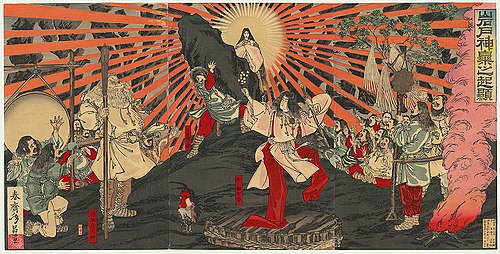
The Significance of the Kamakura Period
A principal aspect of the Kamakura period is the emergence of new several Buddhism movements that would ultimately become the dominant schools of Buddhism at the time and still resonate in modern Japan today.
There were 6 series of Buddhism during the Kamakura Period but none were more prominent than Zen Buddhism, a belief practised even by Steve Jobs! Zen emphasizes rigorous self-restraint, meditation-practice, insight into the nature of mind and existence, and this personal expression in daily life, for the benefit of others.

In the late 13th century, Samurai Warriors began to practice Zen meditation. This intensive level of concentration and meditation aided in enhancing their martial arts skills and helped conquer the fear of death on the battlefield, Zen Buddhism was seen as a warrior’s religion. The patronage of the Samurai brought many perks to Zen Buddism, that you can find within Zen temples in the Kamakura area, today.

Another significant event in the Kamakura period was the Mongolian Invasion. The word “Kamikaze” stemmed from the story of this battle and is not in any way a type of Japanese food 🙂 (don’t buy the Kamikaze sauce!). Kamikaze (Japanese: 神風) literally means “divine wind” and refers to the two typhoon storms that are said to have saved Japan from two Mongol fleets under Kublai Khan.

These fleets attacked Japan in 1274 and again in 1281. The name that was given to the storm, Kamikaze, was later used during World War II as nationalist propaganda for suicide attacks by Japanese pilots. The metaphor meant that the pilots were to be the “Divine Wind” that would again sweep the enemy from the seas. This use of Kamikaze has come to be the common meaning of the word in English.

The Legacy of the Kamakura Period
You can still see aspects of the Kamakura period, alive today, that influence and exist in modern Japan.
Japanese spirit & mind
In this first Samurai rulers period, some unique cultures which affect Japan today were developed. For example, you can find that Japanese nationality stems from Samurai spirits which developed in this Kamakura time. Also, modern Buddhism which the Japanese nowadays have faith in was established in this period.
Many people in the world say that Japanese people are hard workers. The Japanese expression “Isshou-kenmei” emphasises the Japanese spirit of hard work. It literally translates to “to do something very hard”.
“Isshou-Kenmei(一生懸命 one-living-devote-life)” is commonly used in daily life. For example, when people join a new workplace, they might say “I will work Issho-kenmei! Nice to meet you.” Or when young athletes might say “I will play football Issho-kenmei ”
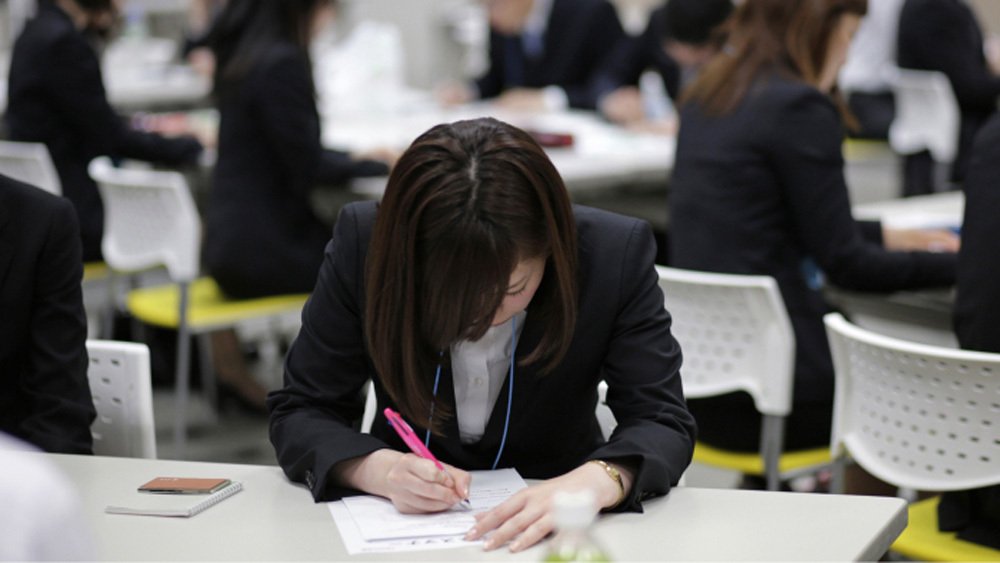
In fact, this word came from the Samurai spirit of the Kamakura period. It was originally Issho-Kenmei(一所懸命 one-place-devote-life). Samurai devoted their lives to protect the lands which were given to them by their Daimyo or Shogun, as a favour or inherited from their ancestors. The Samurai developed a culture of loyalty and honour that was often carried to extremes to return their lord’s favour.
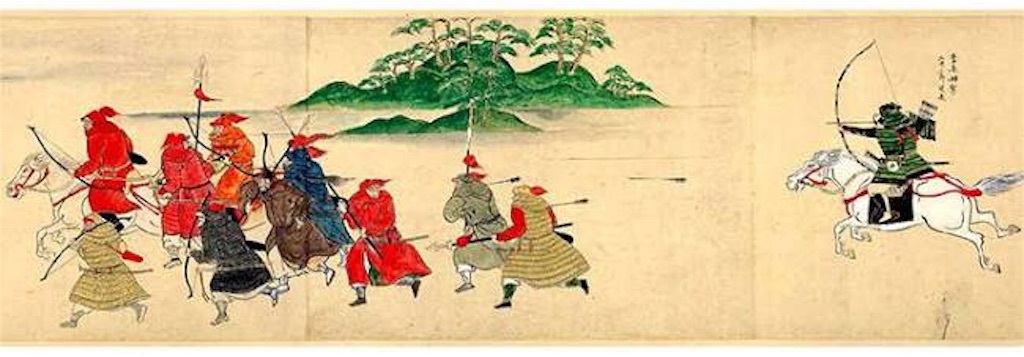
Tsurugaoka Hachimangu
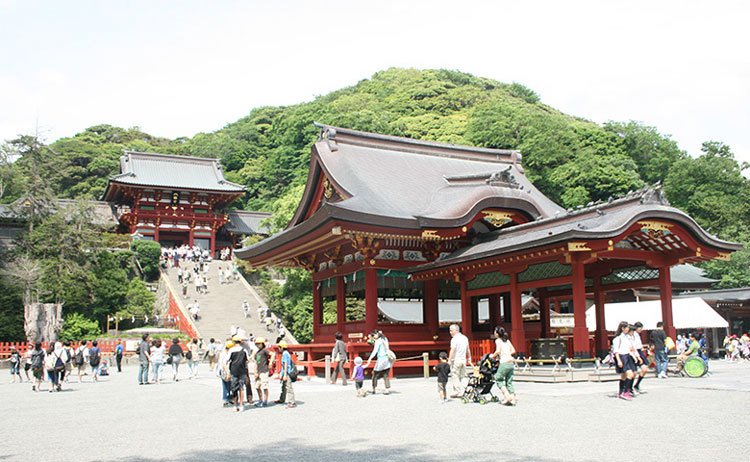
Tsurugaoka Hachimangu was established by Minamoto Yoriyoshi (源 頼義, 988-1075) in 1063. He built a power base for the Minamoto warrior clan after the suppression of a rebellion started by rebels in North-Eastern Japan in 1051.
He returned to Kamakura and built a small shrine for the Hachiman kami (the Japanese word for Shinto deities) near the coast to give thanks for success in suppressing the rebellion. The Hachiman kami was regarded as the protector kami of the warrior class.
Great Buddha of Kamakura
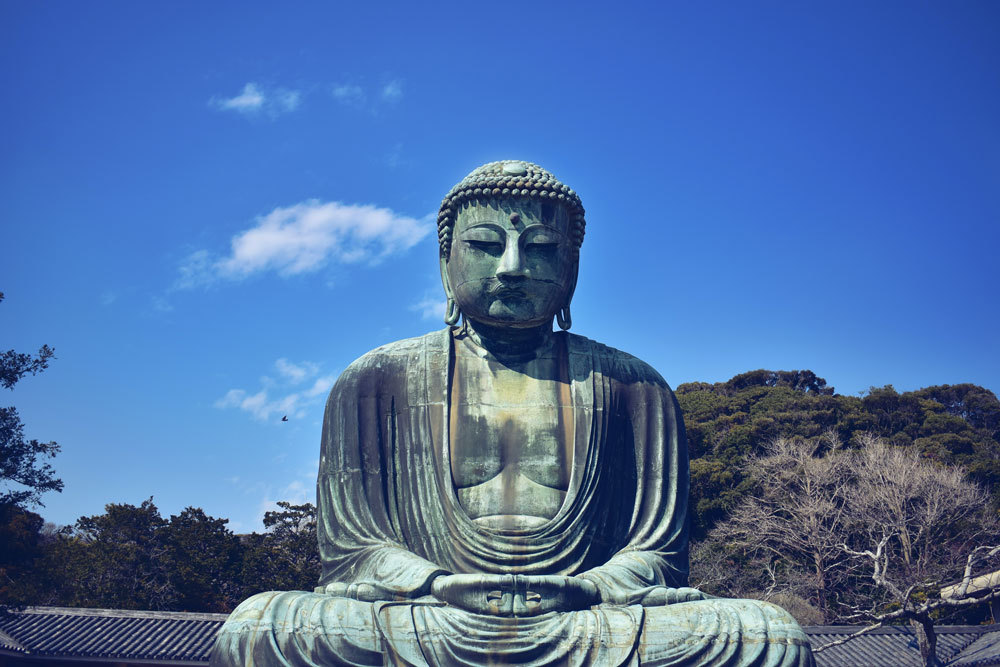
The statue is commonly known as Kamakura Daibutsu (Great Buddha of Kamakura), a colossal copper image of Amida-butsu (Amitabha Buddha), is the principle image of Kotoku-in. The fact that it sits in the open air makes it unusual amongst large Buddha statues in Japan.
The Great Buddha is designated a National Treasure by the Japanese government, it is 11.3 meters tall and weighs around 121 tons. Though in size it falls short of the Great Buddha of Todai-ji Temple at Nara (an image of Rushana-butsu [Vairochana Buddha]), it has essentially retained its original form; and as such, it is an invaluable example of Japanese historical Buddhist art.
Hase-kannon Temple
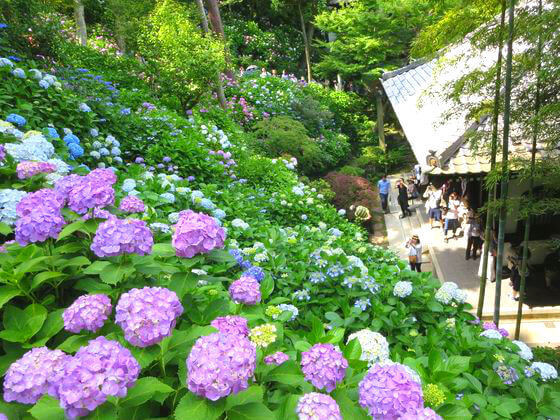
Around 1300 years ago, two sculptors carved two Kannon statues out of a sacred tree. One of them was enshrined here at Hasedera in Kamakura. It is commonly called “Eleven-headed Kannon” since it has eleven heads on top of its own head. It measures 9.18 meters tall and this makes it one of the largest wooden Buddhist statues in Japan.
Hesedera temple resides on a mountain called “Kannon-zan”. The ground holds a large variety of flowers that bloom throughout the year welcoming visitors. Additionally, the scenic view from the observation platform on the upper ground is recognized as one of the most picturesque spots in Kamakura.
Hōkoku-ji Temple
Hōkoku-ji (報国寺) is an old temple in the Kenchō-ji school of the Rinzai sect of Zen Buddhism located in Kamakura, Japan. Famous for its bamboo garden, it is also known as “Bamboo Temple”.
Tokozenji at Yokohama
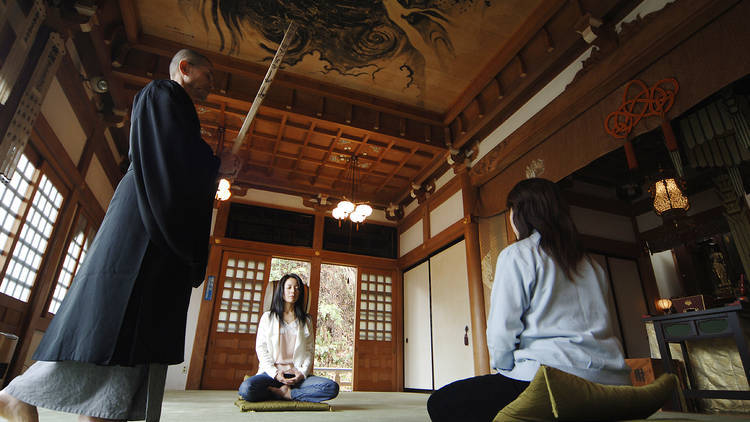
Tokozenji is a small Zen temple situated in the Yokohama-Kamakura area. Tokozenji is one of the few temples in this area to offer a real Zen experience to international visitors.
Established around the year 1200, it is one of the oldest temples of the Rinzai school of Zen Buddhism in Japan. Zen Buddhism has been a cornerstone of life and culture in Japan for almost 800 years.
Enter into the passage of Zen mindfulness and discover a small journey to seek who you are and “what you are”.




































